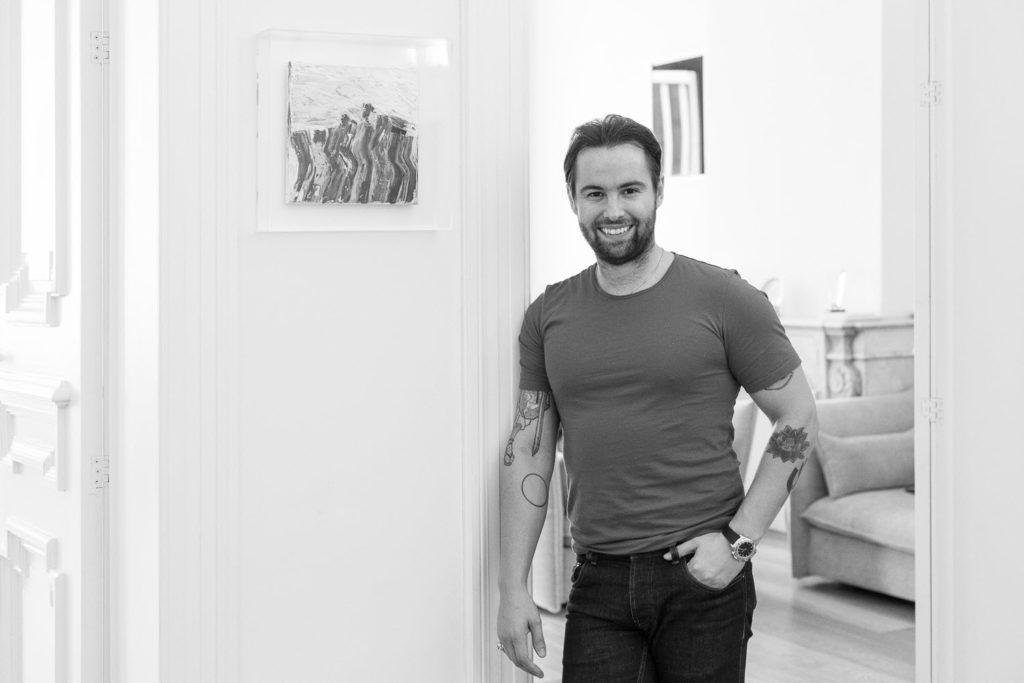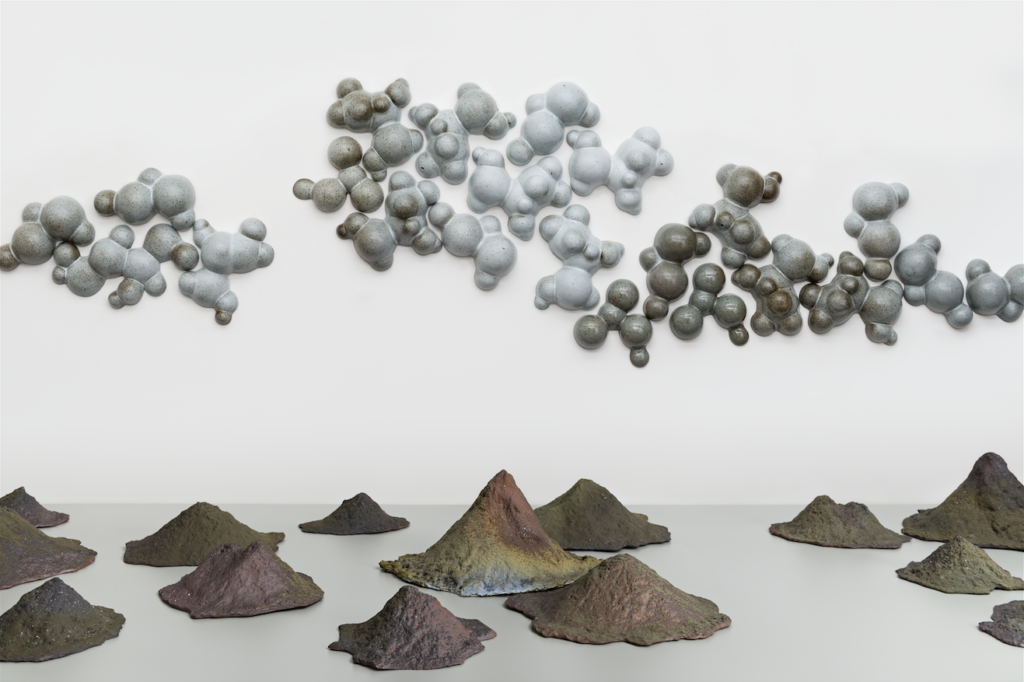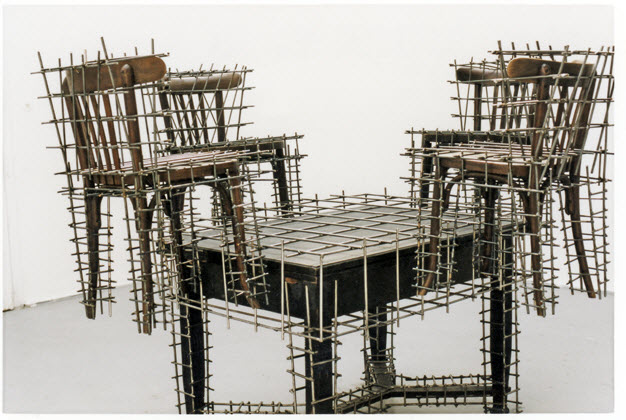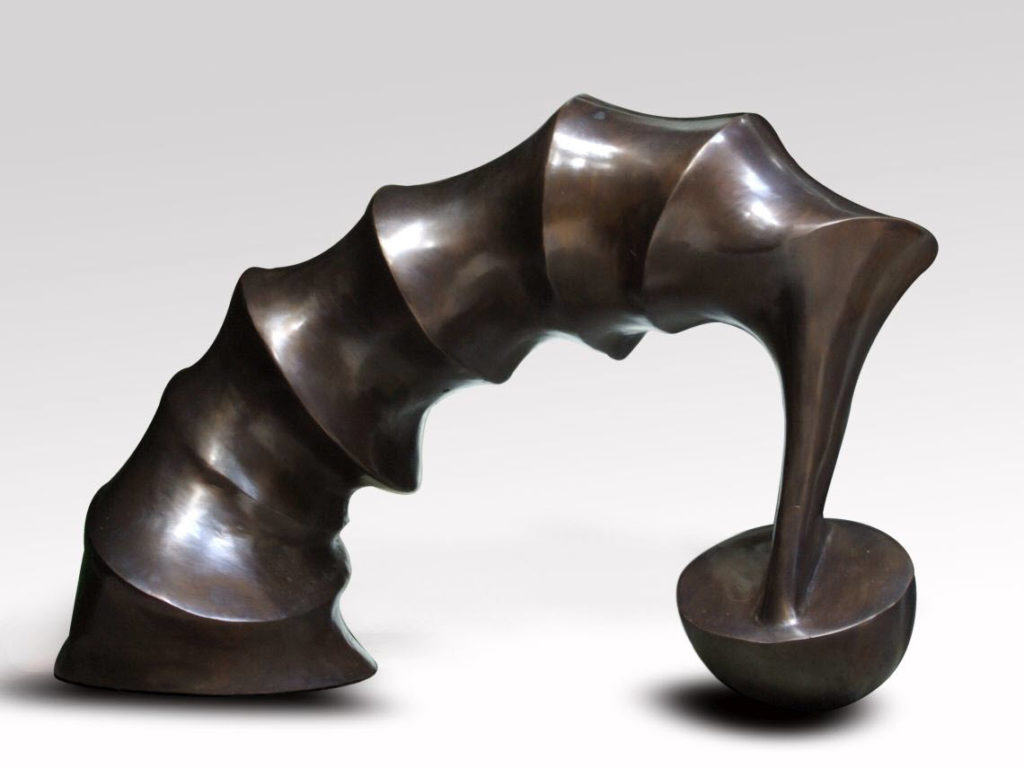People
artnet Asks: EMMATHOMAS Gallery Owner and Artist Marcos Amaro is Dedicated to the Democratization of Art
Amaro’s recent “takeover” of a gallery, his Foundation’s latest project, and what you need to know about running a gallery.

Amaro’s recent “takeover” of a gallery, his Foundation’s latest project, and what you need to know about running a gallery.

Artnet Galleries Team

When artnet News last sat down with Marcos Amaro, the artist had quickly risen to fame for his sculptures made of urban waste ripe with social commentary, and had just started Fundação Marcos Amaro. Its mission to advance the development of art and artists in Brazil is manifest most recently in the forthcoming creation of the Memorial of Contemporary Latin American Sculpture (MESCLA) in his native São Paulo. This city is also home to Amaro’s latest pursuit as the new gallery owner of EMMATHOMAS.
Amaro is back to talk with artnet News about what an artist’s intuition brings to the gallery business, and how he is working to increase the visibility of contemporary art in Latin American.
What’s new since we last spoke in 2016?
Today my work has become more and more public and is approaching a vast audience. This year I’ve had an exhibition of my sculptures, curated by Ricardo Resende, in the Centro Cultural dos Correios in the center of São Paulo. Another project that I’ve recently created upon request for the government of the City of São Paulo is the sculpture Gafanhoto that’s been placed on a play yard for kids at Parque da Juventude in the northern part of the city where Carandiru, a famous prison, previously stood.
Tell us about your upcoming project, the Memorial of Contemporary Latin American Sculpture (MESCLA), in São Paulo.
MESCLA is an outdoor memorial of Latin American sculpture near the capital of São Paulo. It aims to treasure a heritage of the most relevant works of the Latin American culture in sculpture, accenting Brazilian works in particular, and mostly concentrating on contemporary sculptures as a base for the essential building process of the future of art in the Americas. MESCLA will consist of the open park of sculpture, indoor museums with permanent and temporary exhibitions, as well as a concert hall for the symphonic concert series to compliment the cultural experience for the visiting audience. Although a big part of the sculpture is in our possession already today, we are not going to stop researching young amazing talents that will complement the history of contemporary art. That makes us arrange the workshops and residencies for the artists inside MESCLA and support an educational process of art development in Brazil.

Kimi Nii, Nas Nuvens. Courtesy of EMMATHOMAS and Edouard Fraipoint.
Tell us how the team behind your new gallery, EMMATHOMAS, came together.
This team consists of individuals highly experienced in the art industry—excellent professionals with a high sense of aesthetics, young hard workers with initiative, full of energy and inspiration. They’ve worked with me for many years in the Fundação Marcos Amaro—these are people that grew together with me in this field. I trust and respect them. Having a full experience of working with me as an artist, leading all the activity of the Foundation in organizing exhibitions, workshops, and artists residencies, these people make an organic team that knows how to take care of the artists and treat the most capricious requirements and artist’s needs.
Any upcoming exhibitions?
In order to give an appropriate start to a new version of EMMATHOMAS, we have hired one the most famous avant-garde architects to build a gallery in the prestigious area Jardim Europa of São Paulo. The project in planned to be finished by the end of 2018 when the gallery will start running the exhibitions in its space. Until then, we focus on the international and national fairs.
What is the most difficult thing about running a gallery?
To be patient with the artists, as each of them is an extremely particular and extraordinary temple full of ideas and own inner world. You need to have a sensitive ear and a good heart in order to give an artist the necessary approach.
Another point is the time. Timing is something that can be measured exclusively with intuition. The right feeling of time can absolutely win the process, and opposite, its lack may ruin the most successful structure. Diplomacy is another thing that one should remember when running a gallery—and this is another art that is hard to learn but fortunately my parents passed to me through the veins.

Francisco Klinger Carvalho, Mesa Impossibilitada de Reuniões (2000). Courtesy of EMMATHOMAS.
How does being an artist give you an advantage in running a gallery?
Actually, it helps a lot. My artistic experience definitively makes me understand and feel the artists, their needs, their worries, their wishes, and expectations. It helps us speak the same language and communicate on our common level of artistic sensitivity. Being an artist myself makes me understand a process from having an idea of creating an art piece until the created work gets into a collector’s hands.
Being an artist makes me know exactly the artist’s ambitions and it makes me fight for that together with them—as a gallerist I will always do for an artist exactly what I would expect from a gallerist myself. As you know, I am an art collector as well, and that gives me a clear picture of the market and collector’s request. At EMMATHOMAS, I am an entrepreneur with both artistic and business experience that knows by heart the nature of artist and makes the best consultancy to the client, arranging the final step when the art reaches its admirer in the most comfortable and trustworthy way for both artist and a collector.
How do you balance your time between being an artist and a gallerist? Is it ever overwhelming?
Well, it’s a matter of balancing and prioritizing at certain moments. Don’t forget, apart from EMMATHOMAS and my own production, I am running my Foundation, building MESCLA, and being a dedicated father and husband.
There is an incredibly simple paradox: the more you work, the more energy you have for working more.

Gilberto Salvador, Phlopt (2016). Courtesy of EMMATHOMAS and Henrique Luz.
How did you select the artists EMMATHOMAS represents?
My first criteria is I should admire their work. But that’s not the only criteria. The artist should be reliable in a long-term partnership and constant with his own production.
Does the gallery accept artist submissions?
Concerning the principle of choosing the artists for EMMATHOMAS, my team and I are putting lots of time and energy into careful and detailed research and studies of the contemporary Brazilian and international artists before contacting some, and by the way, very few artists. Our roster is limited to a certain number of artists to be promoted by the gallery, as we wish to give personalized attention to each of our artists and produce the best result in representation and sales for those we commit to.
What are some of your important recent acquisitions?
I would mention an important work of Frank Stella, works of Isabelle Borges, Alex Flemming, André Penteado, and Adriana Duque, among others.
What is your opinion on the growth of the art market in Brazil? In South America? Latin America?
There is still a lot to develop. We need to increase the market and the art circle in Brazil. That is why I am taking over a gallery. I find a democratization of art essential for Latin America, and I’m going to fight for it.
The artnet Gallery Network is a community of the world’s leading galleries offering artworks by today’s most collected artists. Learn more about becoming a member here, or explore our member galleries here.